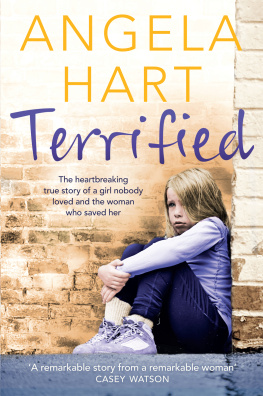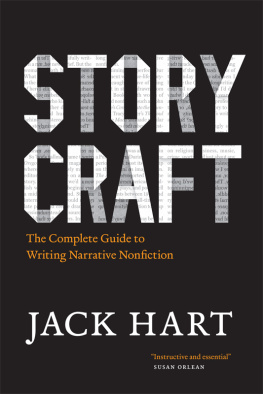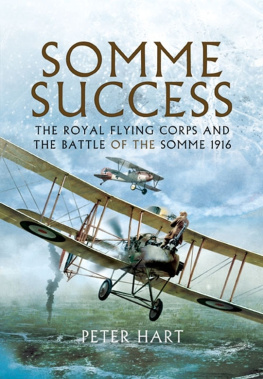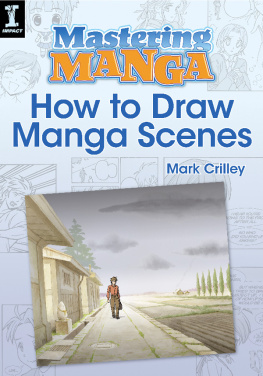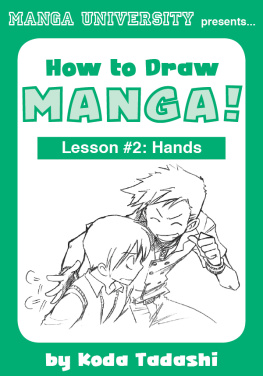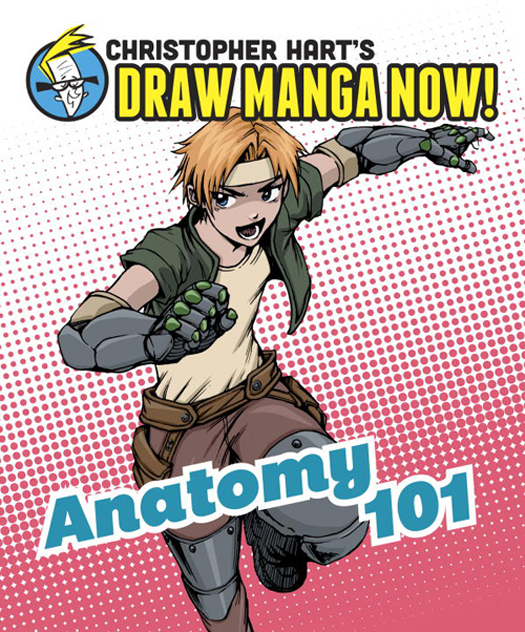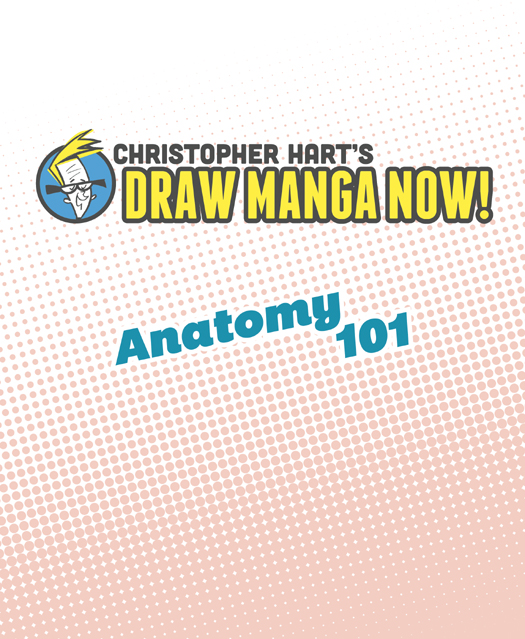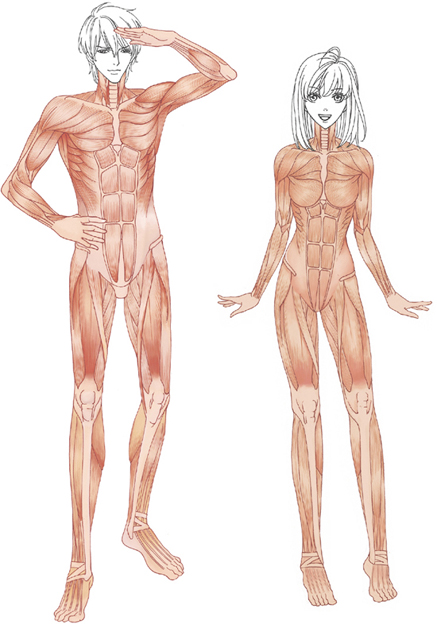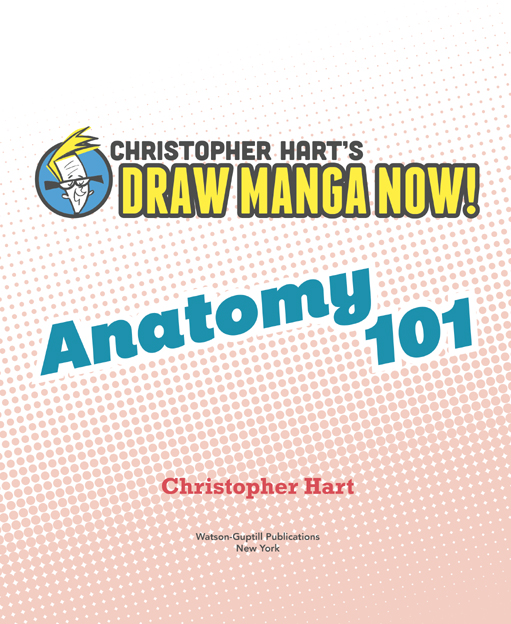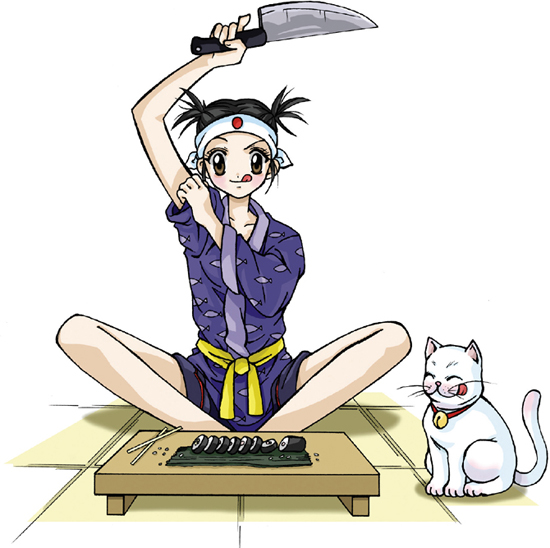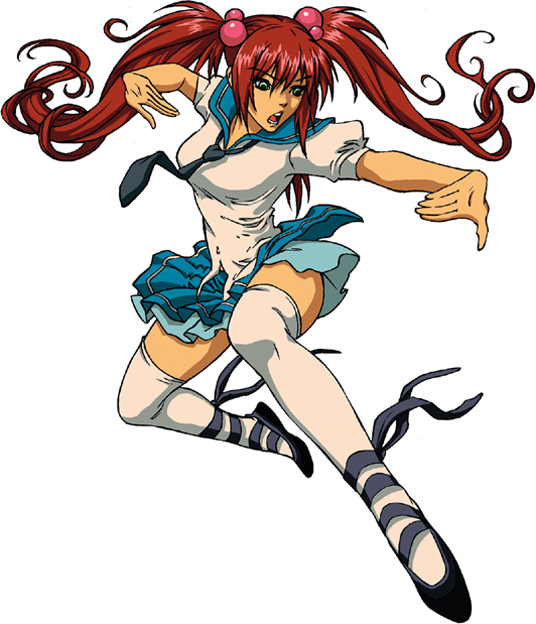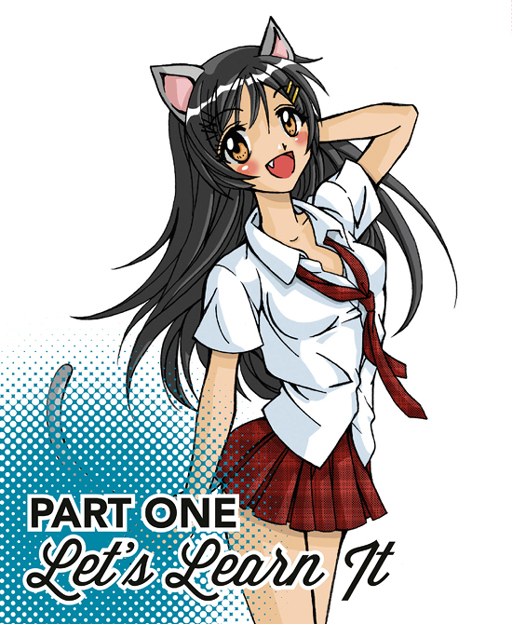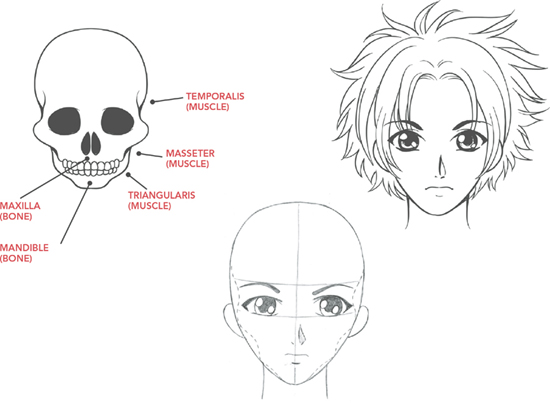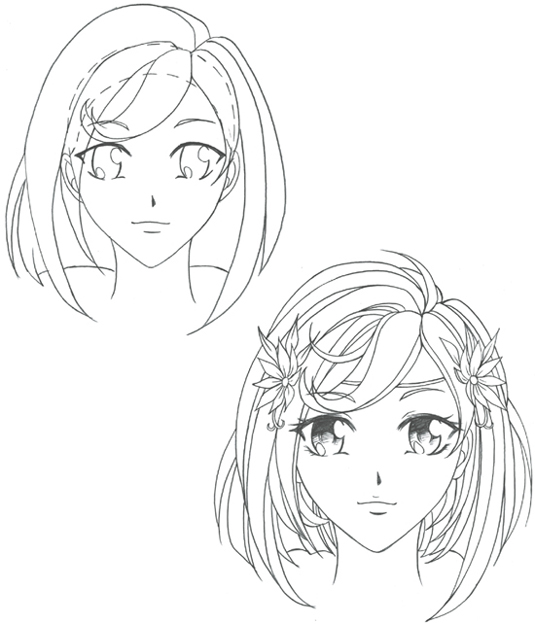Compilation copyright 2013 by Christopher Hart, Cartoon Craft LLC, Star Fire LLC, and Art Studio LLC
All rights reserved.
Published in the United States by Watson-Guptill Publications, an imprint of the Crown Publishing Group, a division of Random House, Inc., New York.
www.crownpublishing.com
www.watsonguptill.com
WATSON-GUPTILL is a registered trademark and the WG and Horse designs are trademarks of Random House, Inc.
This work is based on the following titles by Christopher Hart published by Watson-Guptill Publications, an imprint of the Crown Publishing Group, a division of Random House, Inc.: Manga for the Beginner, copyright 2008 by Christopher Hart; Manga for the Beginner Shoujo, copyright 2010 by Cartoon Craft LLC; and Basic Anatomy for the Manga Artist, copyright 2011 by Art Studio LLC.
Library of Congress Cataloging-in-Publication Data
Hart, Christopher, 1957
Christopher Harts draw manga now! : anatomy 101 /
Christopher Hart.1st ed.
p. cm.
1. Comic books, strips, etc.JapanTechnique. 2. Cartoon charactersJapan. 3. Figure drawingTechnique. 4. ART/Techniques/Drawing. 5. ART/Study & Teaching. 6. ART/Techniques / General.
NC1764.5.J3 H36916 2013 741.5/1
eBook ISBN 978-0-385-34588-0
Trade Paperback ISBN: 978-0-385-34587-3
Cover design by Ken Crossland
v3.1
Contents
Introduction
The ability to represent the human head and figure is essential for drawing manga. However, it can be trickier than it seems. Heres a source you can turn to for the answers youve been seeking.
And unlike so many books on anatomy, this one wont intimidate you. All of the information is presented in a clear, useful, and practical way.
So if you want to improve your manga and dont know where to begin, this is a great place to start. If youre a beginner, this book can help you build a solid foundation. Its a must-have reference that will serve you throughout your adventures as a manga artist.
To the Reader
This book may look small, but its jam-packed with information, artwork, and instruction to help you learn how to draw manga like a master!
Well start off by going over some of the basic elements of manga anatomy. Pay close attention; the material we cover here is very important; everything builds on these basics. You might want to practice drawing some of the things in this section before moving on to the next one.
Then, itll be time to pick up your pencil and get drawing! Youll follow my step-by-step illustrations on a separate piece of paper, drawing the characters in this section using everything youve learned so far.
Finally, Ill put you to the test! This last section features images that are missing some key features. Itll be your job to finish these drawings, giving the characters the elements they need.
This book is all about learning, practicing, and, most important, having fun. Dont be afraid to make mistakes. If you dont make any mistakes, that means youre not attempting to tackle new techniques. In fact, the more mistakes you make, the more youre learning. Also, the examples are meant to be guides; feel free to elaborate and embellish as you wish. Before you know it, youll be a manga artist in your own right!
Lets begin!
The Head
Well start by building a foundation so that your manga characters look like, well, manga characters! Why settle for so-so drawing when just a few basic concepts can transform your work beyond your expectations? Time to get your pencils out!
Lets begin with a review of the head. If youre going to raise your skill level in one area (drawing the body), it makes sense to also raise your skill level in a related area (drawing the head) so that your abilities dont become lopsided.
So well start off with a look at the skull. You see that the cheekbones provide the width of the face, and the size of the forehead relative to the chin is huge.
The skull here answers many common questions about why the head looks the way it does. Why do manga characters have such big eyes? Just look at how large the eye sockets are. Also notice the extraordinary width of the cheekbones. And manga characters also typically have small chins, as is reflective of the skull structure. All these things contribute to cuteness.
The sunken areas of the skull are padded with the three major facial muscles, noted here. The maxilla and mandible are also indicated.
Front-View Structure Specifics
Now that youve got an idea of the shape of the underlying skull, youre ready for the heads key anatomical aspects. The crossed lines help keep the features aligned. Draw them lightly, and erase them once youve finished the face. The center line divides the head in half. The eye line falls where the jaw and skull meet and helps artists keep the eyes even, so that one doesnt appear higher or lower than the other. The mouth guideline falls at the bottom of the skull circle, about halfway between the eye line and the bottom of the chin. The chin is pointed. The distance between the eyes is approximately one eye width. And the eyes are huge and low on the face (the bottom eyelid falls on the eye line).
A Note About the Nose
Only a small, triangular shadow is needed to indicate the nose in the front view. This goes for both girls and boys noses.
Profile Pointers
The profile, or side view, is easy to drawexcept for one part (isnt there always a but?). The sticking point is the mouth/chin area underneath the nose. If an artist is going to get a bit off track, thats often where it happens. Remember that the lips always protrude past the chin.
Although many people draw it to look flat, the back of the head is round. The same holds true for the top of the head. Conversely, the front of the face is fairly flat.


